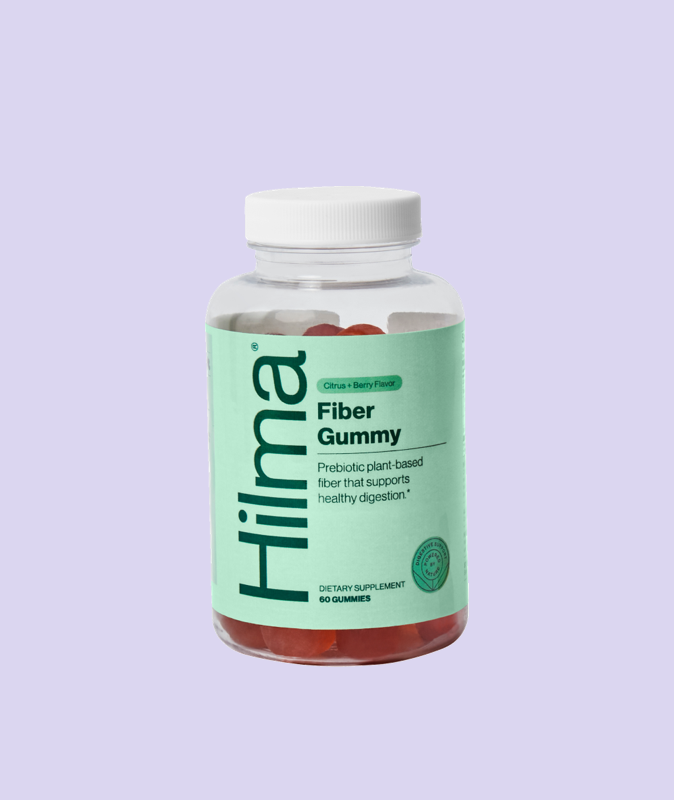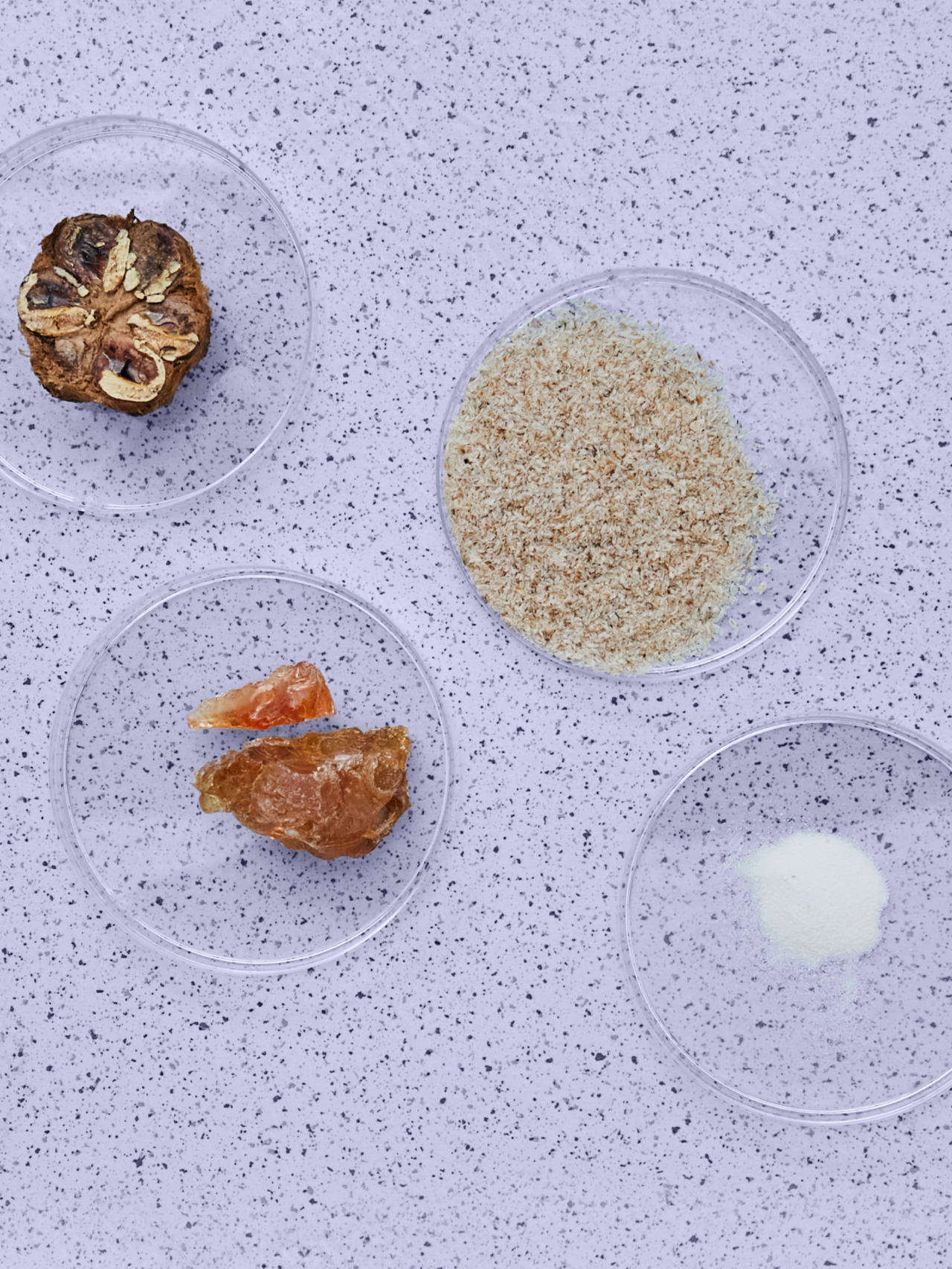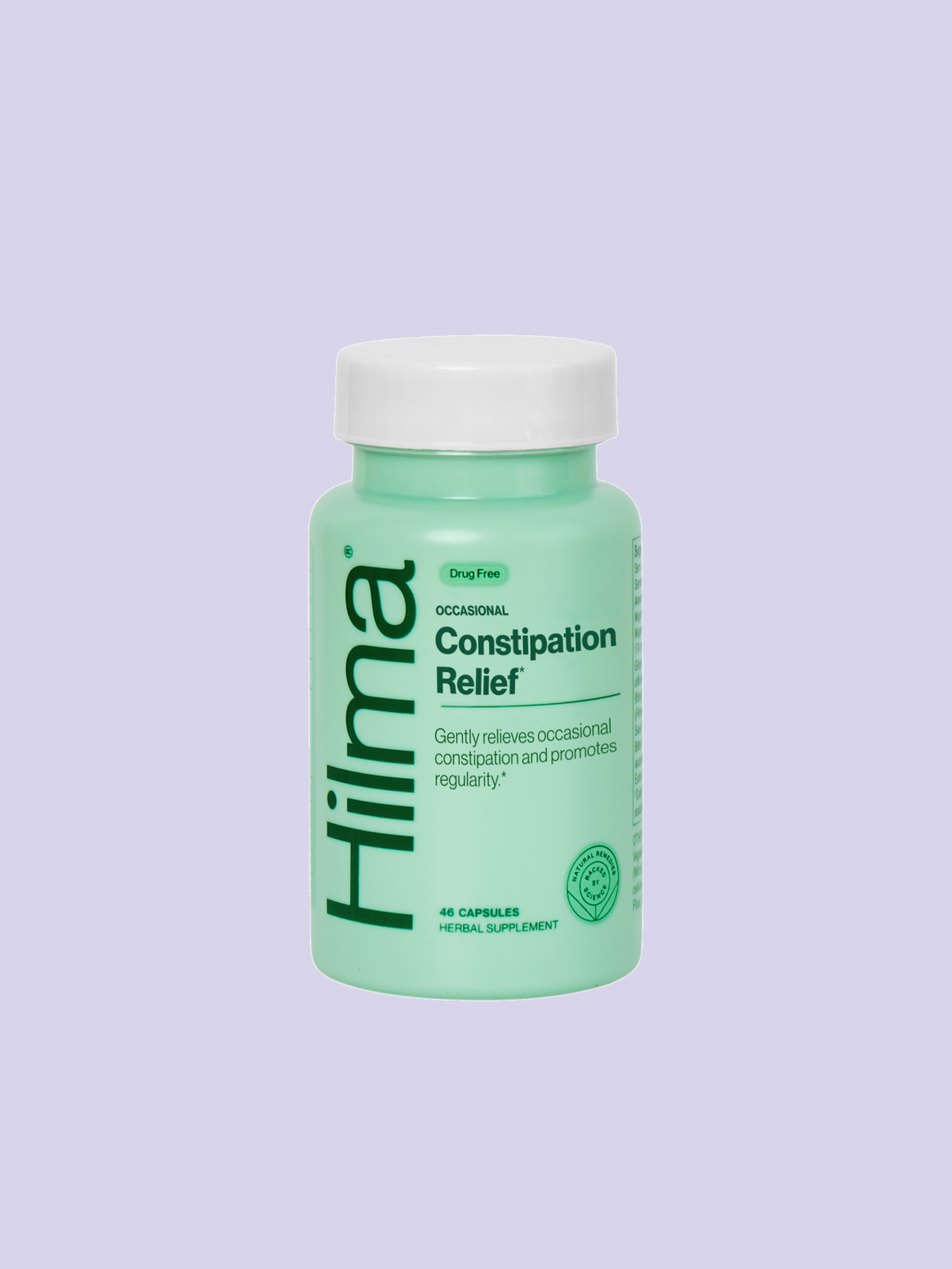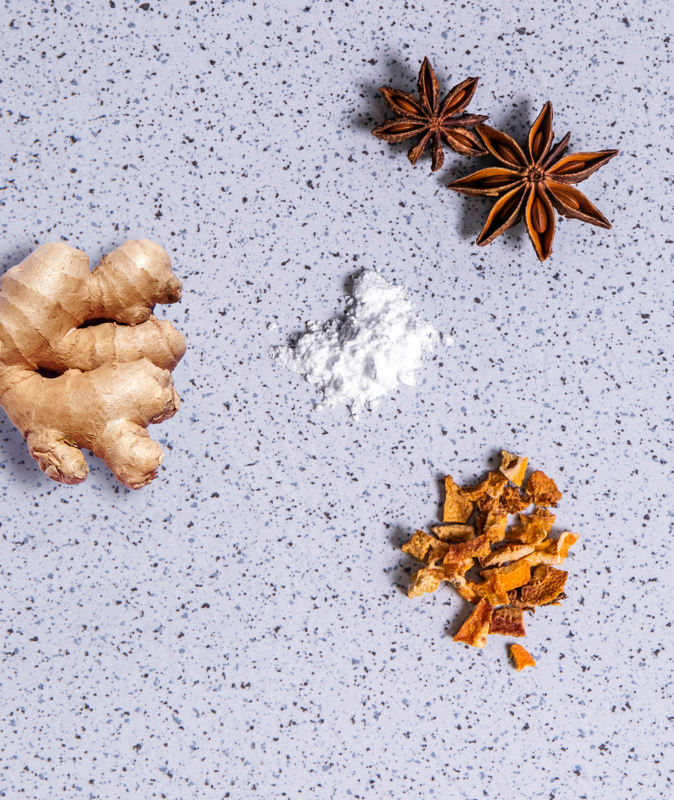
GLP-1 receptor agonists have officially taken their seat at the wellness table. Originally developed to treat type 2 diabetes, medications like semaglutide (Ozempic, Wegovy) and tirzepatide (Mounjaro) are now widely recognized for their ability to promote sustained, often significant, weight loss.¹ Their mechanism is fascinating—they mimic a naturally occurring hormone (glucagon-like peptide-1), which increases insulin secretion, suppresses glucagon, delays gastric emptying, and signals fullness to the brain.
But where there’s a physiological slowdown, there's often a ripple effect.
And one of the most common (and uncomfortable) side effects reported on GLP-1s is constipation. Not just a mild “off-day” version—but weeks of slowed digestion, bloating, and a sense that your system has hit pause.
Let’s break down why this happens—from hormonal influence to microbial shifts—and what you can do to keep things moving, with real, practical strategies and support along the way.
GLP-1s and Digestive Slowdown: Why It Happens
At the root of GLP-1-induced constipation is one of the drug’s most effective benefits: slowed gastric motility. By delaying the movement of food through the stomach and small intestine, the body releases glucose into the bloodstream more gradually—supporting balanced blood sugar and prolonged satiety. This is why many users feel full faster and eat significantly less.
But that “slowed motility” doesn’t always stop at the stomach.
GLP-1s can reduce peristalsis—the coordinated muscular contractions that push food through your intestines. With less mechanical movement, digestion becomes sluggish. And when paired with reduced food intake, less overall fiber, and a dramatic shift in eating habits, it can lead to significant constipation.
Diet Shifts and Motility
Let’s talk about food intake. One of the under-appreciated truths about GLP-1s is how quickly they change your relationship with hunger.
In many cases, caloric intake can drop sharply—almost overnight. But what’s often missed is that eating less also means moving less through the gut. Without consistent volume or bulk, the colon doesn’t receive its normal signals to contract and eliminate waste. Even if you’re “eating clean,” the sheer lack of volume can backfire on your bowels.
And then there are the new cravings—or rather, the absence of them. While many people report decreased desire for sweets or processed foods (a win), this often also includes a drop in appetite for high-fiber whole foods like vegetables, beans, lentils, and whole grains. These are the very foods that provide soluble and insoluble fiber—essential for binding stool, feeding your gut bugs, and keeping things regular.
What Happens When the Gut Microbiome Changes
The gut microbiome is one of the most dynamic ecosystems in the body—and it's highly responsive to change. When your eating pattern shifts due to GLP-1s (think: smaller meals, fewer fibrous foods, slower movement), your microbiota takes note.
Certain species of bacteria thrive on resistant starches, polyphenols, and fermentable fibers—things that tend to decrease with appetite suppression. When these inputs vanish or become scarce, those beneficial bacteria can weaken, making space for less desirable strains to take hold. The result? Reduced microbial diversity, increased intestinal transit time, and yes, even more constipation.
Motility also plays a role in regulating bacterial location. With slowed movement, bacteria that belong in the colon can start to overgrow in the small intestine, leading to dysbiosis or even SIBO-like symptoms (bloating, gas, irregularity).
The Effects of Less Nutrient Absorption
While weight loss is often celebrated on GLP-1s, slower digestion can sometimes mean slower—or reduced—nutrient absorption. Because these medications delay gastric emptying and alter the timing of digestive enzyme release, there's a greater risk of malabsorption—especially when it comes to **fat-soluble vitamins like A, D, E, and K.** These nutrients are critical for immune health, skin repair, hormone production, and brain function—and when your digestion slows, so can your ability to absorb them efficiently.
Holistic support includes:
-
Nutrient-dense meals when appetite allows (think: soft-cooked leafy greens, pasture-raised eggs, wild salmon, mineral-rich broths).
-
Digestive enzyme support (like what’s included in Hilma’s Daily Fiber + Digestive Enzymes) to improve breakdown and absorption.
-
Supplementation with a high-quality multivitamin or targeted nutrients (like D3 + K2, magnesium glycinate, or methylated B12) when appropriate.
When appetite is lower, making every bite—and every supplement—count is key.
Not All Microbiomes Respond the Same Way
While many people experience slowed motility and constipation on GLP-1 medications, it’s important to recognize that the gut microbiome is not a one-size-fits-all system. For individuals with obesity—especially those with insulin resistance—GLP-1 therapies may actually improve certain aspects of gut health by addressing upstream drivers of dysbiosis. In a mouse study, treatment with GLP-1 and dual GLP-1/GLP-2 agonists led to modest yet consistent shifts in the gut microbiome, including an increase in Akkermansia muciniphila, a species known to support mucosal health and reduce inflammation. These microbiome changes correlated with improved blood sugar control, weight loss, and lower cholesterol—factors that may indirectly support motility in people whose constipation is tied to metabolic sluggishness. While these findings aren’t directly translatable to humans yet, they remind us that gut health is highly individual. GLP-1 medications may exert different effects on the microbiome depending on the person’s baseline metabolic state, diet, and microbial composition. There’s still so much we don’t know—and the intersection of blood sugar, bacteria, and bowel movements is a ripe area for further research.
How to Support Your Gut While Taking GLP-1s
Here are thorough, root-cause-focused strategies to keep your digestion flowing:
-
Eat more fiber
When appetite is low, loading your plate with fibrous meals might feel daunting. That’s where functional fiber supplementation comes in. Try adding Hilma’s Daily Fiber + Digestive Enzyme to a smoothie or glass of water. It includes:
-
Acacia Fiber – a gentle prebiotic that supports healthy microbiome balance
-
Psyllium Husk – for stool bulk and regularity
-
Digestive Enzymes – to ease bloating and help break down nutrients
This combination supports both motility and microbial resilience—without needing to pile your plate high with food.
-
Hydration + Electrolytes
Your body needs water to pass stool, yes. But without electrolytes—sodium, magnesium, potassium—water doesn’t hydrate cells effectively.
Minerals also support nerve and muscle signaling, including the smooth muscles in your digestive tract that keep things moving.¹⁴
Add to your routine:
-
Hilma’s Stomach Recover + Hydrate which includes a delicious blend of gastroprotective herbs, prebiotics, and electrolytes.
-
A pinch of Celtic salt or Himalayan pink salt in water.
-
Coconut water for potassium and hydration.
-
Get Things Moving… Literally
Exercise increases blood flow to your gut and stimulates peristalsis. Even light movement can help:
-
10–15 min walk post-meals
-
Gentle yoga or Pilates
-
Rebounding (mini-trampoline) for lymph and gut flow
-
Dry brushing and castor oil packs for detox and relaxation
-
Support Your Nervous System (It Runs Your Gut)
The gut is intimately tied to your nervous system. Stress slows digestion, reduces enzyme production, and dysregulates motility.
Start with:
-
5–10 mins of morning sunlight to balance cortisol
-
Breathwork, vagus nerve exercises, or EFT tapping
-
Grounded, distraction-free meals
-
Evening wind-down rituals to shift from fight-or-flight to rest-and-digest
-
Test, Don’t Guess: Get Labs When Constipation Lingers
If you’ve tried all the above and are still struggling, get curious—not frustrated. Work with a functional practitioner to assess:
-
GI MAP or similar stool test (for parasites, dysbiosis, inflammation)
-
Micronutrient status
GLP-1 medications are powerful. And like any tool, their side effects can be invitations for deeper awareness.
Constipation is your body’s way of saying:
“I need rhythm. I need nourishment. I need more support within this new structure.”





